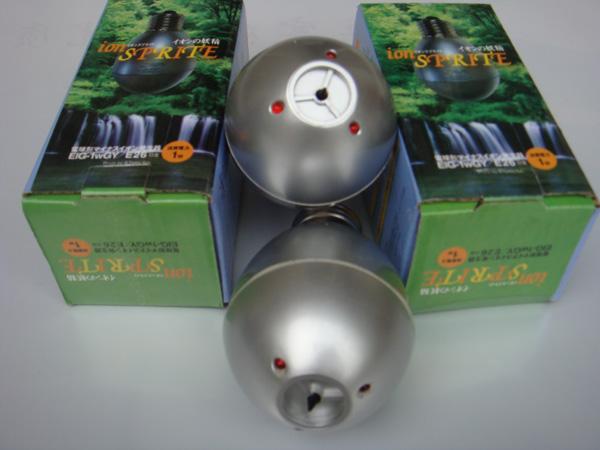
Louisiana's climate, with its hot and humid summers, poses unique challenges when it comes to choosing wall materials for homes and buildings. Selecting the right materials for heat and humidity insulation is crucial not only for energy efficiency but also for maintaining a comfortable and healthy indoor environment. Here are some key factors to consider and types of wall materials that can be effective in Louisiana's climate.
The high temperatures and significant humidity levels in Louisiana can lead to several issues. Excessive heat can make indoor spaces uncomfortable, increasing the need for air conditioning and driving up energy costs. Humidity, on the other hand, can cause problems such as mold growth, which can damage the structure of the building and pose health risks. Therefore, wall materials need to have good thermal resistance to keep the heat out and also be able to manage moisture to prevent condensation and mold.
Look for materials with a high R-value. The R-value is a measure of a material's resistance to heat flow. Materials with a higher R-value provide better insulation. For example, rigid foam insulation boards have relatively high R-values and can be used in exterior wall assemblies to significantly reduce heat transfer.
Materials should be able to resist moisture absorption. Some materials, like fiber cement siding, are designed to be moisture-resistant and can withstand the humid conditions in Louisiana. They are less likely to warp or deteriorate due to exposure to moisture.
While it's important to prevent moisture from entering the wall, it's also essential for the wall to be able to "breathe" to allow any trapped moisture to escape. This helps prevent the buildup of moisture within the wall structure. Materials like certain types of porous insulation or breathable membranes can provide this functionality.
Given the harsh climate, the wall materials need to be durable and able to withstand the heat, humidity, and potential storms that Louisiana may experience. Brick and stone veneers are known for their durability and can provide good protection against the elements while also offering some insulation benefits.
The cost of the materials and the ease of installation are also important factors. Some high-performance insulation materials may be more expensive initially but can result in long-term energy savings. Additionally, consider the availability of skilled labor for proper installation to ensure the effectiveness of the chosen wall materials.
These panels consist of a metal exterior and an interior layer of insulation. They offer good thermal insulation and are relatively lightweight. They can be an effective choice for commercial and industrial buildings in Louisiana as they can help reduce energy consumption and provide a durable and low-maintenance exterior.
SIPs are composed of an insulating core sandwiched between two structural facings, usually made of oriented strand board (OSB) or plywood. They provide high levels of insulation and structural integrity. They are efficient in terms of construction time and energy performance and can be a good option for residential and small commercial buildings in Louisiana's climate.
Spray foam insulation can be applied directly to the wall cavities or as a continuous insulation on the exterior of the building. It has excellent thermal and air sealing properties, helping to prevent heat transfer and air leakage. It also provides good moisture resistance, making it suitable for the humid environment in Louisiana. However, it is important to ensure proper installation to avoid any issues with off-gassing or improper curing.
A brick veneer on the exterior of a wall can provide durability and a traditional aesthetic look. When combined with proper insulation behind the brick, it can offer effective heat and humidity resistance. The insulation can be in the form of rigid foam boards or other insulation materials placed between the brick and the structural wall.
Some composite wall systems combine different materials to provide multiple benefits. For example, a system might include a layer of moisture-resistant sheathing, an insulation layer, and a weather-resistant exterior cladding. These systems are designed to work together to provide good thermal insulation, moisture management, and durability in the Louisiana climate.

